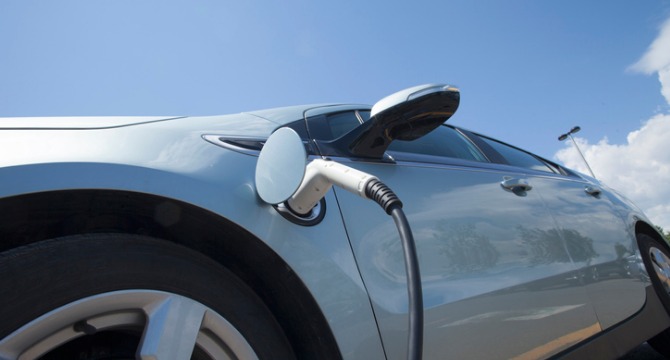
Starting around 2010, China introduced a series of electric vehicle subsidies aimed at greatly improving the adoption of EVs throughout the country. The generous subsidies, which are provided by both the central and local governments, amount to RMB 66,000, which is approximately $10,000. The subsidies have had immense success over the past decade, with exponential sales growth leading to 770,000 EV sales in 2017. However, with EV sales expected to continue growing, so too does the total cost of the subsidy. 2017 subsidies amounted to approximately $7.7 billion and are expected to more than double by 2020 and increase tenfold by 2025.
However, these enormous EV sales numbers are a bit misleading. While names, such as NIO and Byton are recognized by those in the industry as potentially formidable global EV manufacturers, the bulk of EV sales in China are two-seater EV microcars with limited range. These current vehicles may provide great access to vehicles for the swaths of people, especially in rural China, who have not previously had access to an automobile. However, these offerings are unlikely to meet the safety standards or consumer expectations for drivers in Europe and the U.S. Notably, even if safety standards are met, the limited range of these compact vehicles would prevent any significant market penetration, as evidenced by the low sales volumes of compliance cars, such as the Chevy Spark, the Fiat 500e, or the BMW i3, among many others, which provide range that is too limited to effectively compete with internal combustion engines for most consumers.
As a result, China has indicated that the focus must shift toward cars with more global appeal and is relying on range as a major metric for providing subsidies. This year, China has drastically cut its subsidies for vehicles that go less than 150 km (93 miles) and is expected to fully phase these subsidies out in 2020. However, recognizing that future EV success rests on greater range, the country is increasing subsidies for vehicles with at least 400 km (248 miles) in range by 10%. This move ensures that China will receive a greater bang for its buck when it comes to subsidies promoting the kinds of EVs that China can expect to successfully export around the world.
While the subsidy approach taken in China over the past decade has taken a demand-centric approach, it appears that the Chinese National Reform and Development Commission (NRDC) has also started implementing supply-side restrictions to further spur EV development. First, the NRDC has implemented a rule, preventing the formation of any new automotive companies that only make cars with internal combustion engines. While most new Chinese auto manufacturers were already focusing on the electric space, the new regulations ensure that it comes to fruition. It is unclear from the regulations if the same restrictions apply to the formation of joint ventures, but it is possible that it will also restrict existing foreign OEMs from creating new joint ventures without an EV component.
In addition to restrictions on new businesses, the NRDC is also implementing a cap-and-trade system, which appears to be similar to the zero emission vehicle (ZEV) credits introduce in California. Many details of how the system will be executed are still undetermined, but manufacturers going forward will have to achieve credits matching at least 10% of their output. With EVs worth between 2 and 6 credits, correlating directly with range, the incentives are getting much stronger in China (perhaps the greatest in the world) for manufactures to produce long-range EVs or forcing a wealth transfer through cap-and-trade to those companies that do, enabling further growth. Certainly some of these policies are the byproduct of a centrally-controlled economy, but there are lessons for countries seeking to become relevant in EVs on the global stage.